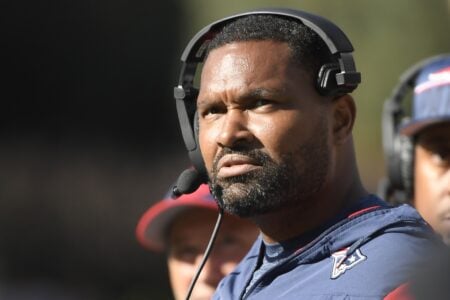While looking at the straight line economics sports apparently "lose" money for the universities themselves, I imagine they do attract more paying students, boosters and alumni donations in general, which makes them "profitable" to the school's bottom line. Otherwise, as you said, why would schools continue to support such loser programs?
U of Miami is on the map because of its football program, whether on paper it "makes" money for them or not.
Alumni donations are counted in that USA Today ledger as athletics income, to the tune of $20 million.
Some have argued in the past that, as with the Longhorn foundation, donors are not totally aware that they are contributing to football when they contribute. The longhorns bring in lots of donations, but surveys have shown that 30% of donors assumed they were contributing to the school, and not football. As well, all royalties from school-branded apparel are counted as athletics income. If you deducted the amount of royalties made by non-sports schools such as, say, NYU, from the income made by sports schools on royalties, that's another example of income that might be better attributed to academics than athletics. It gets a whole lot more complicated when you factor in actual cost of attendance per student which is 3x high than tuition at most schools. ADs only reimburse for tuition, not actual cost.
As for your larger argument, it cuts both ways. Some schools have undoubtedly profited from sports in the ways you mention, more PR. Boston College and Notre Dame, for instance. Their clone school Georgetown however hardly needed the basketball team to achieve notoriety as it has always been a sought-after school probably because it's in DC. But for every Miami and BC, there are many other schools looking to hit the bigtime and expand PR that fall flat on their face. Sports economist Andrew Zimbalist thinks the success stories are about 10%. Even worse, he believes that some schools develop a "loser's" reputation that dissuades students from attending what would otherwise be a school with fine academics. Think Rutgers.
I would also point out that many highly regarded schools that draw lots of applications do not have sports.
Look at the Cal-System. Lots of schools without sports that draw just as many student applications as UCLA. Cal-San Diego, Ca-Santa Barbara. U. Chicago, NYU, hell kids do not go to Boston U. for the sports. I can guarantee you that. G. Washington, the SUNY's, UMass, all these schools have seen huge increases in applications.


















